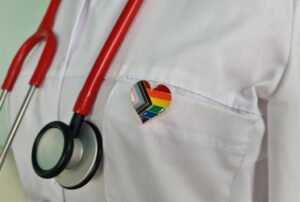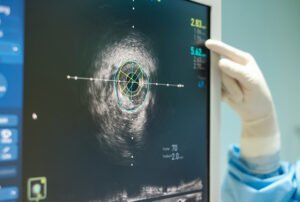
September 23, 2015; Portland Press Herald
Rural Washington County is located on the Maine coastline. The county contains some of the most majestic landscape as well as the highest childhood poverty rate in the state. Close to 60 percent of school children in the county are eligible for free or reduced lunch. As a whole, Maine has more residents over the age of 65 than any other state, and Washington County has the second-oldest Maine county. Not surprisingly, this population has substantial health needs.
Recently, the Nonprofit Quarterly examined the issues people living in rural areas experience particularly in their ability to access to healthcare. And these issues are growing to crisis levels: 57 rural hospitals have closed in the last year. Only ten percent of America’s doctors practice in the rural areas where one quarter of the country’s population lives. This lack of access to medical care leads to a disproportionately high rate of deaths from things like unintentional injuries and motor vehicle accidents among rural residents compared to those living in urban areas.
Harrington Family Health Center is at the center of the health crisis in Maine. Patients depend on the nonprofit to provide medical, dental, and mental health services. Many of the patients served at the Center suffer from multiple conditions requiring a complex medical regimen. According to its CEO, Lee Umphrey, its patients have the highest instances of diabetes, heart disease, and cancer in the state. In 2014, the Center provided over 14,000 medical visits treating about 3,500 patients.
Brock Slabach, senior vice president of member services for the National Rural Health Association (based in Kansas), describes helping patients manage chronic conditions as “imperative” as the number and types of medical services baby boomers require continues to grow. Better management means fewer hospital stays and less expensive treatment in the patient’s home community.
Sign up for our free newsletters
Subscribe to NPQ's newsletters to have our top stories delivered directly to your inbox.
By signing up, you agree to our privacy policy and terms of use, and to receive messages from NPQ and our partners.
As nonprofits providing these services struggle to serve, a new pilot program offers medical staff technology to bridge the gap between resources and need. In July, the Harrington Center’s healthcare providers began utilizing tablets loaded with medical apps to deliver more effective services as part of a pilot project. The mobile health technology program was developed in Haiti by Health eVillages, a collaboration between Physicians Interactive and Robert F. Kennedy Human Rights. They are used in some of the “most challenging clinical environments around the world.”
Although the tablets were developed millions of miles away, the apps they are loaded with are tailored to the needs of rural Maine. The list begins with searchable medical encyclopedias, a dosage calculator, lists of dangerous drug combinations and interactions, and a pill identifier, as well as a symptom checker listing potential conditions after the provider enters a patient’s symptoms. The tablet’s apps support diabetes care, too.
The founder of Physicians Interactive, Donato Tramuto, created the pilot because he knows firsthand the challenges rural areas face. After all, rural Maine is the area he calls home. “You’d be surprised in our country how technology is behind the eight ball in terms of healthcare,” he said.
Funders are focused on using technology to bridge the gap in other countries. The Bill & Melinda Gates Foundation is funding projects using apps loaded onto mobile devices to improve healthcare for people living in poverty in Africa. Among their interests are projects in Nairobi to decrease the number of women dying in childbirth, fighting malaria in Mozambique, and supporting overall rural healthcare in Kenya.
One of the challenges is pinpointing the apps that best support medical care in the community from the thousands of apps available. Projects like the one in Harrington have the potential to begin to identify how medical providers can use these resources to better serve.—Gayle Nelson
Clarification: Health eVillages piloted the mobile health technology program after the earthquake.













